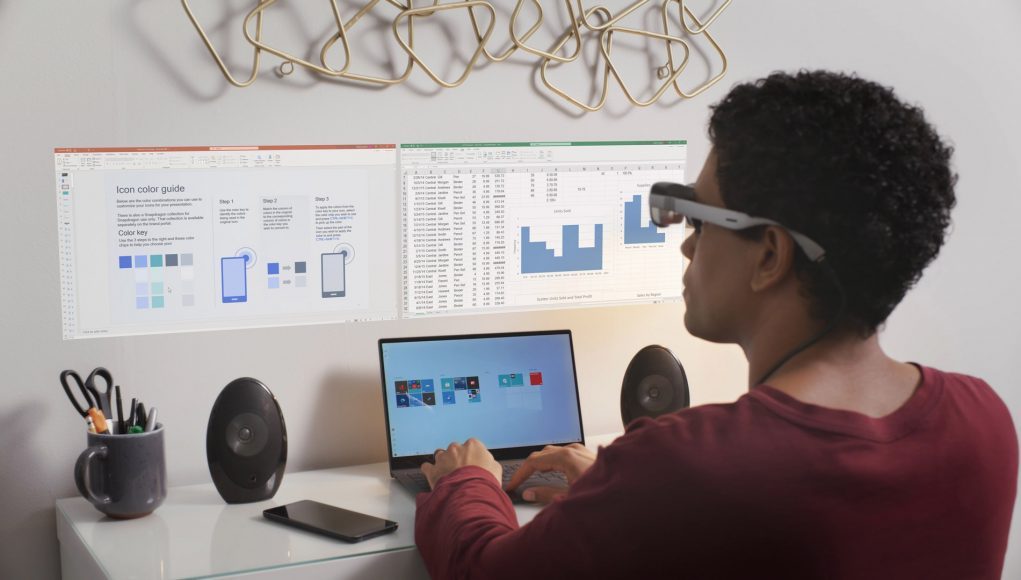Today during Qualcomm’s CES 2022 press conference, the company announced a partnership with fellow tech-giant Microsoft which will involve “designing custom AR chips and integrating software platforms.”
Qualcomm and Microsoft today strengthened their growing relationship in the XR space with a new partnership announcement. While Microsoft has already relied on Qualcomm to supply the Snapdragon chips found in its latest HoloLens 2 headset, now the companies indicate plans to work more closely together on components for future AR devices.
“This collaboration reflects the next step in both companies’ shared commitment to XR and the metaverse,” said Hugo Swart, vice president of XR at Qualcomm. “Qualcomm Technologies’ core XR strategy has always been delivering the most cutting-edge
technology, purpose-built XR chipsets and enabling the ecosystem with our software platforms and hardware reference designs. We are thrilled to work with Microsoft to help expand and scale the adoption of AR hardware and software across the entire industry.”
Specifically Qualcomm says it will be working with Microsoft on “developing custom AR chips to enable a new wave of power efficient, lightweight AR glasses to deliver rich and immersive experiences.” Further, the announcement reveals plans to integrate Microsoft Mesh—the company’s multi-user XR foundation—with Qualcomm’s Snapdragon Spaces XR development tools.
– – — – –
Qualcomm has established itself as an early leader in the growing XR space by leveraging its expertise in smartphone chip design to create the Snapdragon XR1 and XR2 chips which now power most of the leading standalone XR devices.
Ostensibly the company already has an XR3 chip in the works, so it isn’t clear if the “custom chips” that will result from the partnership will basically mean that Microsoft has more say over what XR3 ultimately look like, or it if it will get its own custom chip that’s exclusive for its own uses in devices like HoloLens 3.







